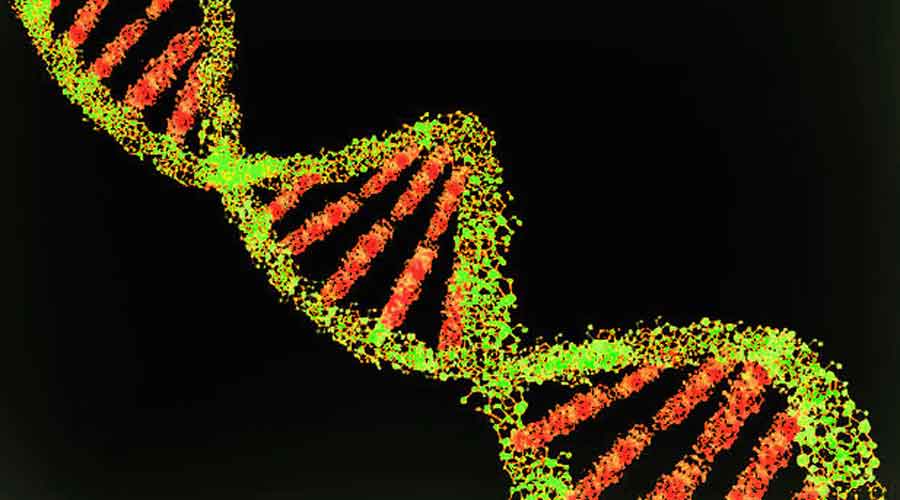People from India migrated into mainland Southeast Asia in multiple waves over several centuries, intermingled with local populations, and helped establish Indian cultural elements across the region, a new genetic study released on Thursday has suggested.
An international research team has found that various populations across Cambodia, Myanmar, Singapore, Thailand and Vietnam have 2 per cent to 16 per cent South Asian genetic components, implying ancient Indian ancestral ingress into those populations.
South Asian genetic components refer to ancestral populations from the Indian subcontinent.
The study has also pointed to Bengalis as “the most prominent ancestry source” for the Southeast Asian populations, although scientists caution that this observation might be an “artefact” because Bengalis themselves have detectable east Asian ancestry.
Historians have long known that India had established maritime trade with southeast Asia by 300 AD and continued extensive contacts with the region, seeding cultural elements evident in the region’s art, architecture, festivals, dance, and literature -- Sanskrit inscriptions in Vietnam date back to the 4th century AD, images of Hindu Gods are found across Myanmar, and episodes of Ramayana feature in classical dance in Thailand.
But what hasn’t been resolved is whether India’s influence spread through people or only through “cultural diffusion” the movement of cultural practices from one population to another without large-scale migrations. Burgers, pizza, or Valentine’s Day in India illustrate cultural diffusion.
The new study has generated strong genetic evidence to suggest that Indian influence in the region was the outcome of multiple migratory waves of people from the Indian subcontinent between 400 AD and 1600 AD into Southeast Asia. The findings were published in the research journal PLOS Genetics.
“Our results suggest that people arrived in multiple waves and intermarried in local Southeast Asian populations,” Piya Changmai, a biologist and scholar at the University of Ostrava, the Czech Republic, and the study’s lead author told The Telegraph.
The wide range of the genetic admixture period, Changmai said, reflects different admixture dates for various southeast Asian populations. But the most likely admixture dates range roughly between 500 and 1,000 years ago. That may have been the period when most of the migrations took place, he said.
The scientists have detected signatures of South Asian ancestry in the Khmer populations in Cambodia and Thailand, in the Burmese, Cham, Ede, Giarai, Kuy, Malay, Mon and Nyahkur populations across the southeast Asian region.
The study has identified eight Indian subcontinental population groups — Adi Dravider, Bengali, Bhumihar, Coorghi, Dhobi, Gujarati, Jew Cochin, Karnataka Scheduled Caste — each of which have contributed more than one per cent to the ancestry of the southeast Asians.
“Indian genetic influence in southeast Asia has been known but had not been examined as extensively as this study has done,” said Kumarasamy Thangaraj, a population genetics scientist at the Centre for Cellular and Molecular Biology, Hyderabad, who was not associated with the new study.
Changmai and his colleagues from institutions in Hungary, Russia, Thailand, and the US analysed data from genomes from 10 ethnic groups in Thailand, focusing on genetic variations that provide insights, and from 119 individuals from different populations.
Their analysis has pointed to Bengalis as the most prominent source of ancestry for all 10 ethnic groups, but Karnataka Scheduled Caste ancestry showed up in nine groups and Dhobi ancestry in eight groups.
But the prominence of Bengalis in the Southeast Asian populations might be the outcome of ancient east Asian ancestry in Bengalis themselves. The prominence could be an artefact of genetic signatures shared by Bengalis with Southeast Asian populations.











